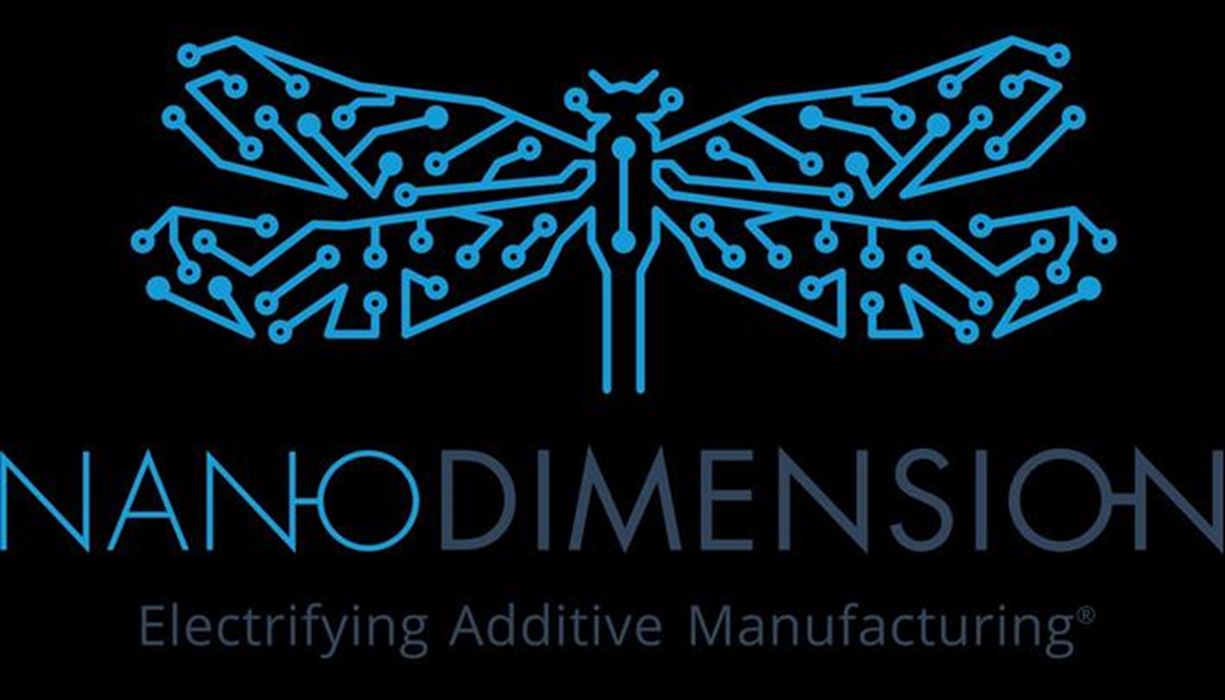
Nano Dimension announced they’ve filed a very interesting patent using AI technology.
The company had previously acquired AI specialist startup DeepCube two years ago, and evidently the organization has continued to develop AI methods. One has resulted in the filing of a patent entitled, “Large Language Models for the Log File Analysis of Industrial Machines”.
Large Language Models, or “LLMs”, are the current state of the art in AI technology. They are basically an enormous multidimensional storehouse of weights that encode the relationships between concepts.
They were initially developed as a means of translating one human language to another, as it was discovered that regardless of the language, the “mental model” structure in the associated LLMs is nearly identical. This made it possible for systems to quickly and competently translate from one language to another.
Then it was discovered that the same LLM technology can be used to analyze or even generate new output in other information domains. This is done by training the LLM on data related to the domain. That’s why we now have LLMs able to generate images, create text, videos and more.
Many companies are now investigating how LLMs could be adapted for other uses, mainly by training them on domain data. The Nano Dimension patent appears to be one of them.
The patent focuses on the domain of log files for industrial equipment.
That might sound a bit dull, but hear me out: those logs contain massive amounts of sensor information collected during print (and other) operations.
The game today in industrial 3D printing is to optimize the operation to increase job reliability and increase print quality. That makes for higher yields and lowers per-part production costs. It’s critical for some businesses.
3D printer manufacturers know this, and have been tuning and tweaking their equipment for years. Some even include “real time monitoring”, where sensor data is used to provide feedback to the system for immediate adjustment.
Nano Dimension’s idea goes a bit beyond this. They intend on enabling full analysis of machine log files that contain information about entire jobs. This could be quite massive, as snapshots of sensor data might be captured at the millisecond level.
LLMs can be used to analyze data; I’ve done this with ChatGPT many times: you upload a file and then you can ask questions about the file, be it a document or even a spreadsheet.
This is what I think Nano Dimension is going for: being able to ask questions and analyze print jobs after the fact or even in real time as they are created. That could yield very valuable information about print quality and ways to improve operations.
However, there’s a problem: LLMs usually have some kind of input limit. There is typically a set amount of “tokens” allowed in the input that corresponds to the size of the file. The vast machine log files would certainly be well beyond those limits.
That’s what I think this patent is about. They seem to have figured out a way to process huge log files with LLMs. The secret seems to be in parallel processing. Nano Dimension explains:
“Nano Dimension’s Patent brings capabilities similar to ChatGPT to analyzing extensive log streams. The data can be evaluated in real-time applying highly efficient and economical scalability. By processing those tens or hundreds of concurrent log streams in parallel, the model finds not only patterns and correlations within each stream (i.e., within each module), but more importantly, patterns and correlations between various modules in real-time.”
This technology would be usable for not only 3D printer logs, but log files from all sorts of manufacturing equipment and perhaps even other non-manufacturing applications.
I’m very interested to see where this goes.
Via Nano Dimension
